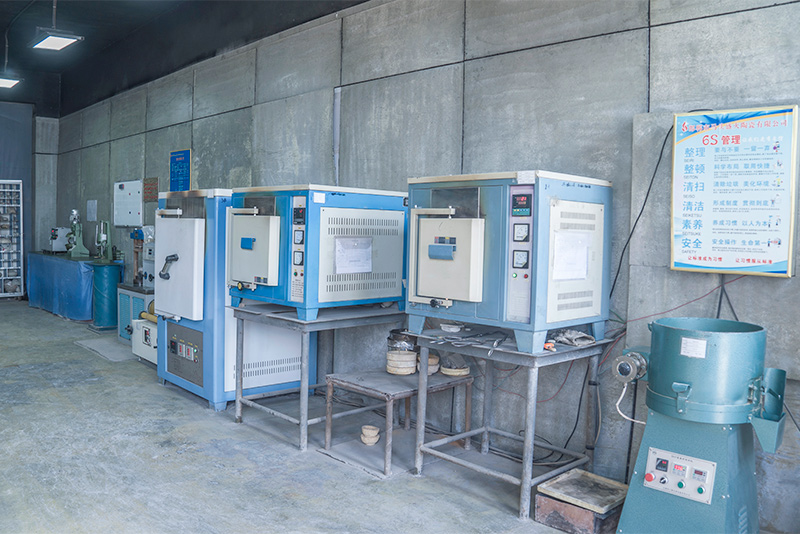
3d printed sanding. The goal is to gradually smooth out the surface without causing any damage or distortion to the object. This requires a steady hand and a gentle touch, as overzealous sanding can result in the loss of fine details and intricate features. In addition to smoothing out imperfections, sanding also plays a crucial role in preparing the surface of a 3D printed object for painting or finishing. A well-sanded surface provides a clean and uniform base for applying paint, varnish, or other surface treatments. This helps to achieve a professional-looking finish that is free of blemishes and defects. While sanding is an important step in the 3D printing process, it is not without its challenges. Depending on the complexity and size of the object, sanding can be a time-consuming and labor-intensive task. It requires a high level of skill and precision to achieve the desired results, which may not be feasible for beginners or those unfamiliar with the process. Despite its challenges, sanding is a necessary and rewarding part of the 3D printing process. When done correctly, it can transform a rough and imperfect object into a smooth and polished masterpiece. With the right tools, techniques, and patience, anyone can master the art of sanding and create stunning 3D printed objects that are truly works of art. Post time:Jul . 11, 2024 02:38
Next:Creating metal castings using the sand casting technique for industrial and artistic applications.
